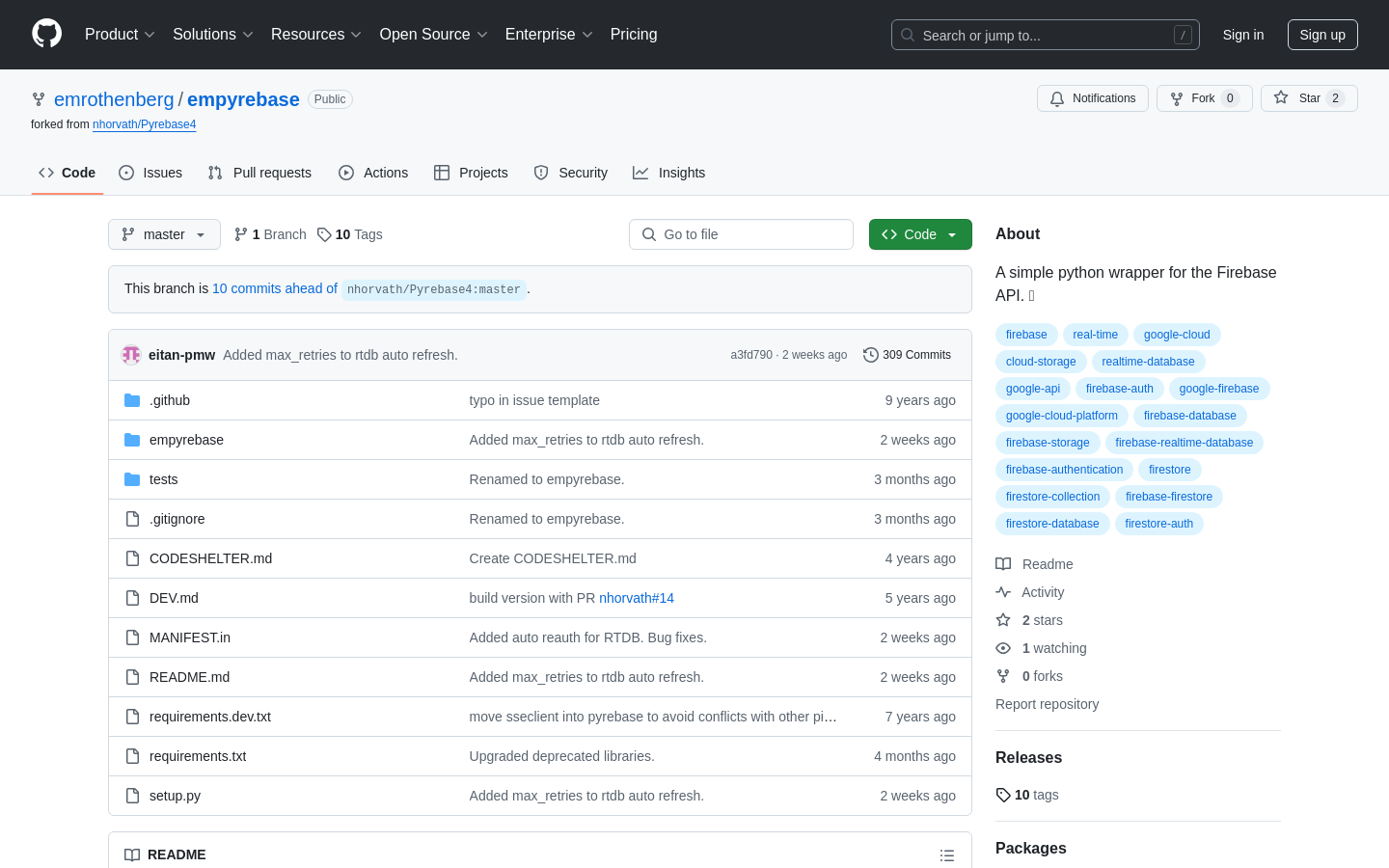

Highlight 1
Improved Firestore support, allowing for more sophisticated database interactions compared to Pyrebase.
Highlight 2
A modular design that enables developers to utilize only the parts they need, leading to cleaner project structures and less overhead.
Highlight 3
Regular maintenance and updates by the developer, ensuring the library stays relevant and addresses any emerging bugs or issues.

Improvement 1
Comprehensive documentation could be enhanced to help new users understand the library's setup and usage more intuitively.
Improvement 2
Example projects or use cases could be provided to illustrate the library’s capabilities in real-world applications.
Improvement 3
Outreach and feedback solicitation from the Firebase developer community could be broadened to better understand user needs and priorities.
Product Functionality
Consider adding more built-in functionalities like user authentication or real-time database interactions to further enhance the tool’s capabilities.
UI & UX
Improving the UI/UX of the documentation page will help users navigate it more easily and find the information they need quickly.
SEO or Marketing
Utilizing blog posts or video tutorials to showcase how Empyrebase can fit into various development workflows could improve visibility and attract more users.
MultiLanguage Support
Adding multi-language support to the documentation and library would help reach a broader audience and cater to non-English-speaking developers.
- 1
What is Empyrebase?
Empyrebase is a modern Python library aimed at providing a more stable, modular, and user-friendly interface for Firebase, particularly with Firestore support.
- 2
How does Empyrebase differ from Pyrebase?
Empyrebase focuses on enhanced stability, modularity, and includes support for Firestore, which was missing in Pyrebase, making it more flexible for developers.
- 3
Is Empyrebase actively maintained?
Yes, Empyrebase is actively maintained by its developer, ensuring that it receives regular updates and bug fixes.
